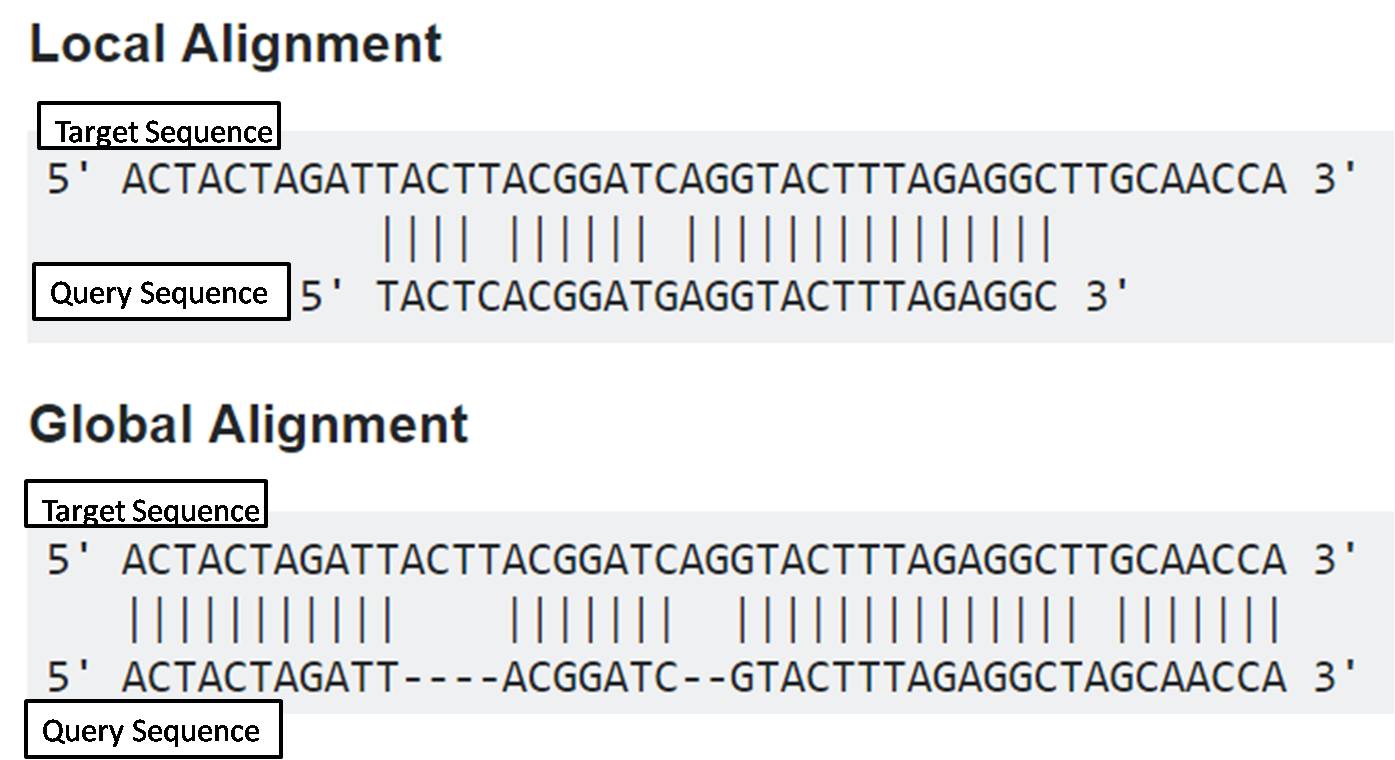Hi, I have the following problem:
I have two genome sequences of two phages and they are of equal length, the result is 100% similar when blasting the two sequences (but there are about 15 different regions, each region length ranges from 50-100 bps) . But the microbiological results show that they have plaques of different sizes.
I wonder what conditions I need to confirm that the two sequences above come from the same phage.



Why are you quoting yourself instead of directly asking the question?
Oh, I just wanted to highlight the problem I had. I am a newbie. Sorry for making you uncomfortable
It's just a unique way of expressing your problem, not really a question of my comfort. Welcome to Biostars!
Presumably by "same phage" you mean the same 'species' (or whatever the equivilant taxonomic rank for your phage is)?
You would be best off trying to solve this phylogenetically. Take a selection of known phage genomes that are more distantly related, and a reference sequence for this specific phage (if one is available) and see how closely they group together on a tree.
I don't know how big your genome is but ~1500 bp of total divergence is likely to be not much at all so you're be pretty justified in saying they're the same phage I think, but as others point out, don't be fooled by local identity.